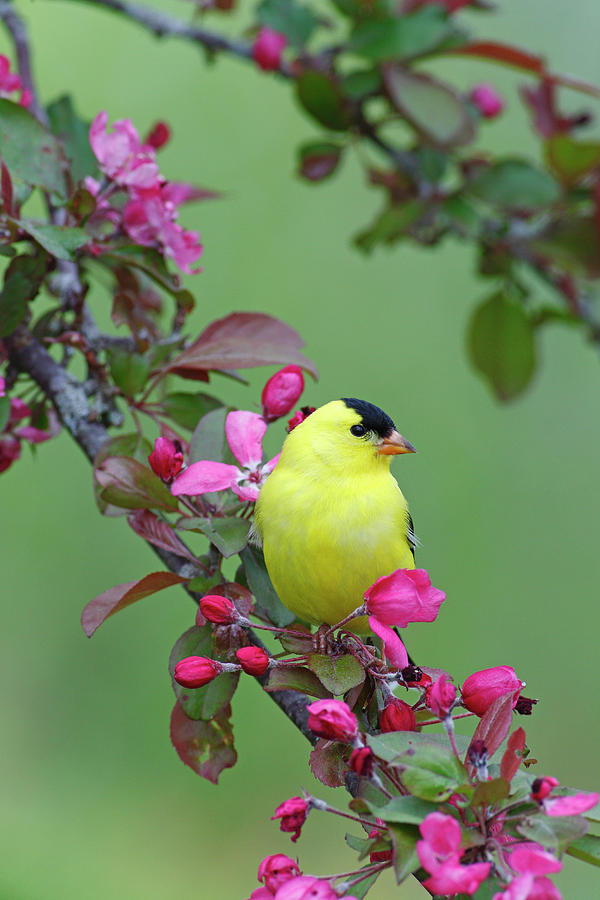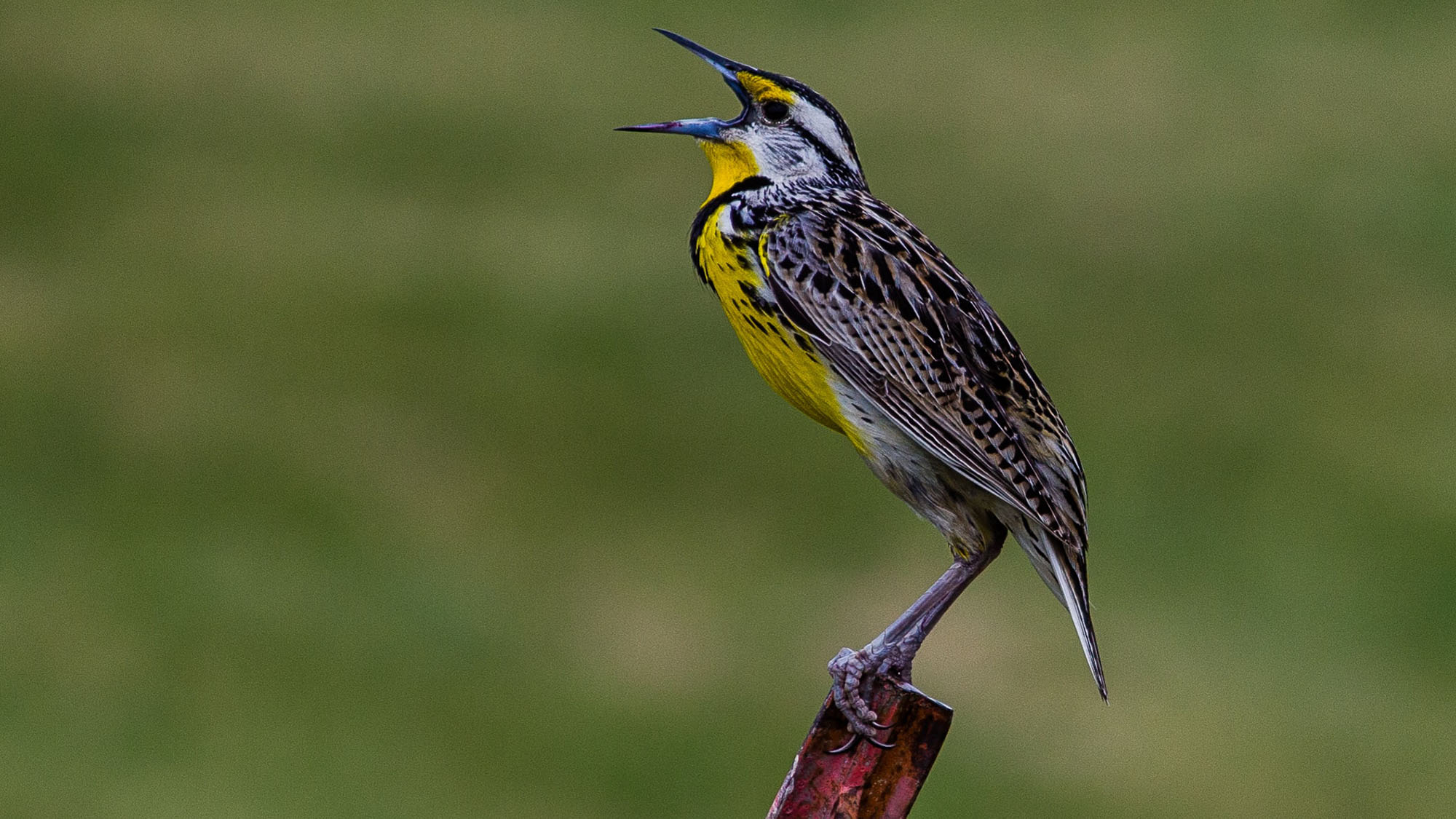
A preliminary assessment of mercury in the feathers of migratory songbirds breeding in the North American subarctic. Further examination would prove useful in clarifying mercury exposure and ecological relationships in this under-studied region. Overall, however, the degree of mercury exposure observed was low for songbirds breeding in the subarctic. There was an indication that mercury concentrations of breeding songbirds may vary by diet composition, with non-invertivorous species possibly tending towards lower mercury concentrations. Passerines are separated into three suborders, the. All songbirds are perching birds, an order called passerines that share a distinct toe arrangement that helps them grasp branches. Most species sampled showed relatively low mercury, but some individuals had high enough concentrations to be subject to adverse physiological and behavioral effects. American-Goldfinch0236D Acorn-Woodpecker0136D American-Redstart0222D American-Robin0995D Black-capped-Chickadee0599D Black-headed-Grosbeak0041D Black-. The general public might throw the term around loosely, but for scientists, songbird has a more detailed meaning: It refers to a specific suborder of birds. In this limited sample of songbird feathers, mercury concentrations ranged from near zero to 6.34 μg/g. Mercury levels found in feathers indicates exposure during the period of feather growth, which we assume largely took place on the breeding ground. Overall, we analyzed 343 feather samples collected in 2015–2017 for their total mercury content. The tufted titmouse (Baeolophus bicolor) is a small North American songbird from the tit and chickadee family (Paridae). In this preliminary study, we examined mercury exposure in 12 migratory songbird species breeding in Denali National Park & Preserve, in subarctic interior Alaska. Passerines appear to have a greater sensitivity to mercury than other avian orders, and little data exists for mercury exposure in songbirds breeding at high latitudes. This list does not include songbirds that occur in the Southwest. Maintaining healthy waterways will ensure that these streamfaring songbirds can continue their unique lifestyle – and hopefully get rid of some mosquitoes in the process.A preliminary assessment of mercury in the feathers of migratory songbirds breeding in the North American subarctic Abstract Their close connection to streams also makes them particularly susceptible to pollutants like PCBs and heavy metals. Pollution associated with human activities like agriculture, mining, and logging often reduces water quality and the availability of prey items, which may force dippers to abandon a stream in search of cleaner waters. These generally solitary birds are difficult to monitor, but their populations appear to be stable. The western meadowlark has distinctive calls described as watery or flute-like This lovely bird with a yellow breast is. They tend to select nest sites that are high enough to not be flooded, but which are also located over deep water to prevent predators from reaching them.

They collect materials like bark, leaves, and grass, then dip them in the water and weave them into a cozy nest for the four to five eggs they lay in a brood. Males and females will work together to build nests on cliff ledges, overhanging banks, or boulders, under bridges, or behind waterfalls. Whether on the coast, in the mountains, or even in the desert, dippers can make a living there as long as the stream is rocky and clean.

Although it may be hard to hear over the rushing water, one songbird stereotype they do maintain is having a beautiful call.įound throughout Western North America, dippers don’t migrate and never stray far from the stream, although they will move to unfrozen rivers in the winter or follow hatching insects in the spring and summer. Often observed perched atop a rock mid-stream – like this individual we spotted in Big Chico Creek – they will sometimes quickly stick their heads under water to take a look around for submerged snacks. If available, they’ll also eat the fry and eggs of fish, including those of salmon. Not content to forage on land alone, they will happily wade, swim, and even dive into the water, where they turn over rocks on the streambed in search of the larvae of aquatic insects like mayflies, mosquitoes, and midges. Entirely gray apart from their bright white eyelids, dippers constantly bob their bodies up and down like a sailor on choppy seas. Living almost exclusively on flowing streams, this species is the Michael Phelps of the songbirds.

Songbirds aren’t typically thought of as water-loving fowl, but the American dipper ( Cinculus mexicanus) breaks from that stereotype.


 0 kommentar(er)
0 kommentar(er)
